How hair testing works

We believe we are one of the leading worldwide providers of bio-resonance tests.
Our hair testing lab facilities, use the MARS III (Multiple Analytical Resonance Systems) to perform our non-invasive tests, and we have carried out over 400,000 tests worldwide. Results are delivered within 7 days.
Bio-resonance technology has been around for 50 years and is widely used in practices worldwide.
About the test
We’ll carry out the test on your hair sample against 1400 food and non-food items. Any item showing a frequency of over 85% is identified as a probable match.
Our equipment
Manufacturer: Bruce Copen Laboratories
Instrument: MARS III (Multiple Analytical Resonance Systems)
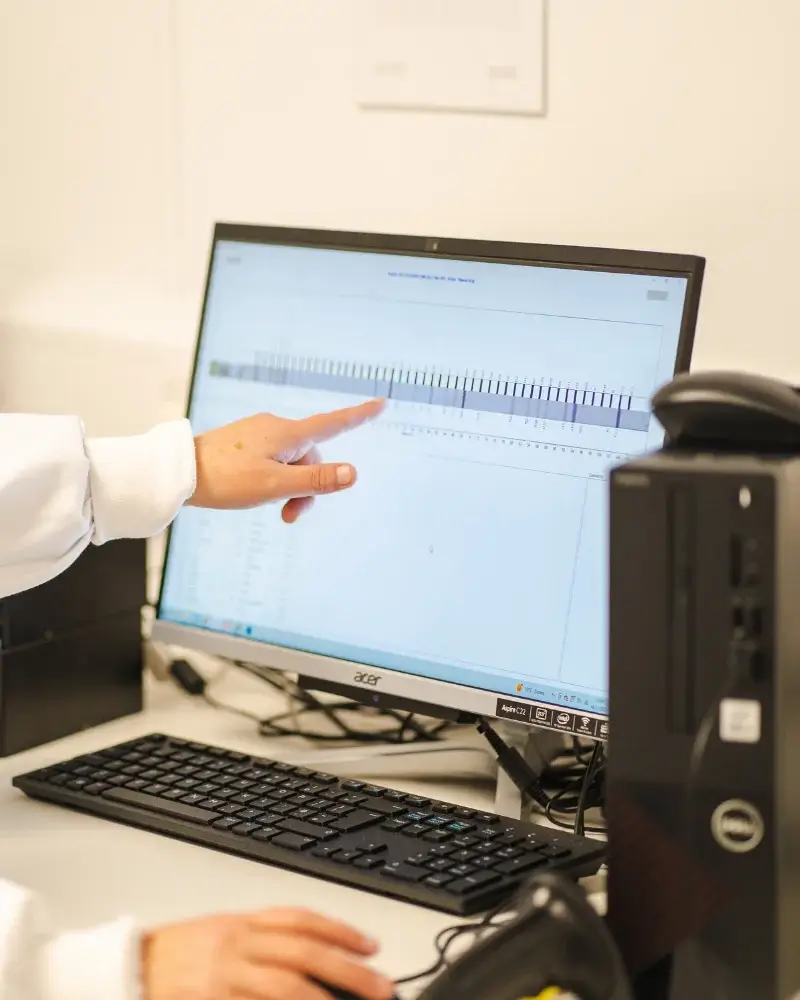
What will I receive?
Bio-resonance screening
We will test your hair sample against 1400 food and non-food items.
Full results reporting
A comprehensive report on trigger items over 85% response rate.
Free qualified consultative advice
Satisfaction guarantee
We support our hair tests with a 100% money-back guarantee.
Your comprehensive report
Within just 7 days of testing we’ll email you an easy-to-understand report covering:
- Four pages of clear informative results
- Sections cover what allergens our test has highlighted as possible intolerance
- Your percentage of sensitivity to each potential catalyst
Your report will provide you with information of highlighted items to avoid by suggesting the elimination of specific foodstuffs or avoiding aggravating items such as dust or pollen in your surroundings.
Supporting research papers:
Testing for intolerances using Bioresonance
Bioresonance testing uses the information from a living organism, which stores a resonance or energy. We use hair samples to read this resonance frequency using a MARS III (Multiple Analytical Resonance Systems). These frequencies are compared to the frequencies of all the items tested for; food items, non-food items, vitamins, minerals, metals, enzymes and bacteria, in order to establish their levels in the body and any imbalance.
The same equipment that is used for our bioresonance hair testing is used throughout the world including by Chinese hospitals, the Russian Space project and over 7000 practitioners in Germany, Austria and Switzerland. Bioresonance therapy is used by professional sports teams and Olympic teams alike to understand issues not always picked up by conventional medicine.
Our labs are overseen and monitored by qualified lab managers and follow good laboratory practice.
Hair testing is classed as a Complementary and alternative medicine
Bioresonance therapy and testing is categorised as a complementary and alternative medicine (CAM). CAMs cover a wide range of therapies that fall outside mainstream medicine, but can become part of an overall healthcare plan.
A complementary therapy is used alongside mainstream medicine, whilst alternative therapies are used in place of conventional medicine or treatment.
Therapies and practices, which are considered complementary and alternative medicine (CAM) are:
- Aromatherapy
- Acupuncture
- Homeopathy
- Naturopathy
- Osteopathy
4 simple steps to fast results
-

ORDER
Order the right test for you securely online.
-

CONFIRMATION
Confirmation and instructions are emailed.
-

SEND
Send your sample to our ISO-certified facilities.
-

RESULTS
Receive your results within 7 days from sample received.
Our Best Selling Tests
Our most popular tests. Our non-invasive bioresonance sensitivity test uses a small hair sample to test 1400 Foods, inhalants, vitamins and minerals.
- Budget
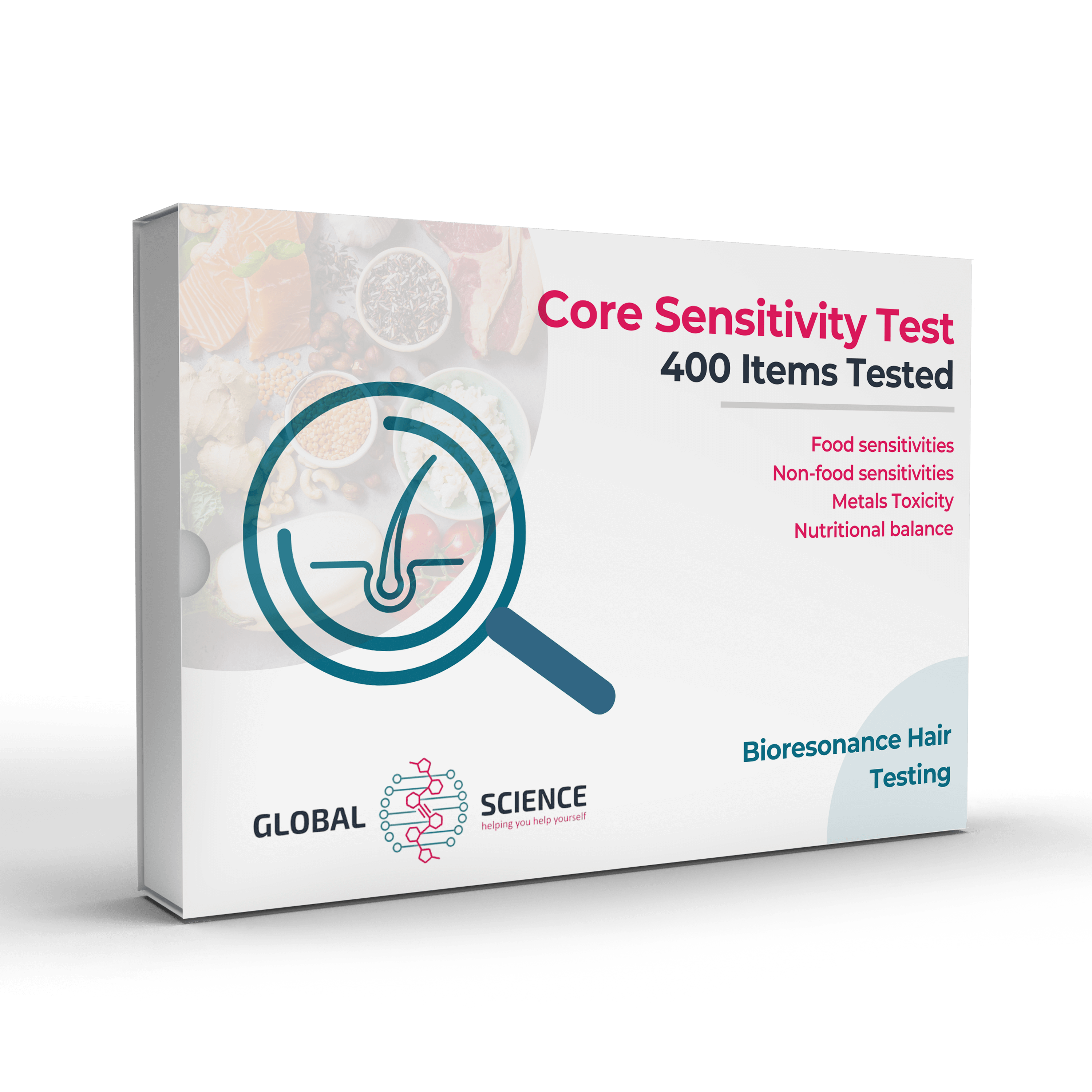
Core Sensitivity Test
Was £69.00 Now £27.00 Save £42.00
400 item food, environmental and metals sensitivity test.
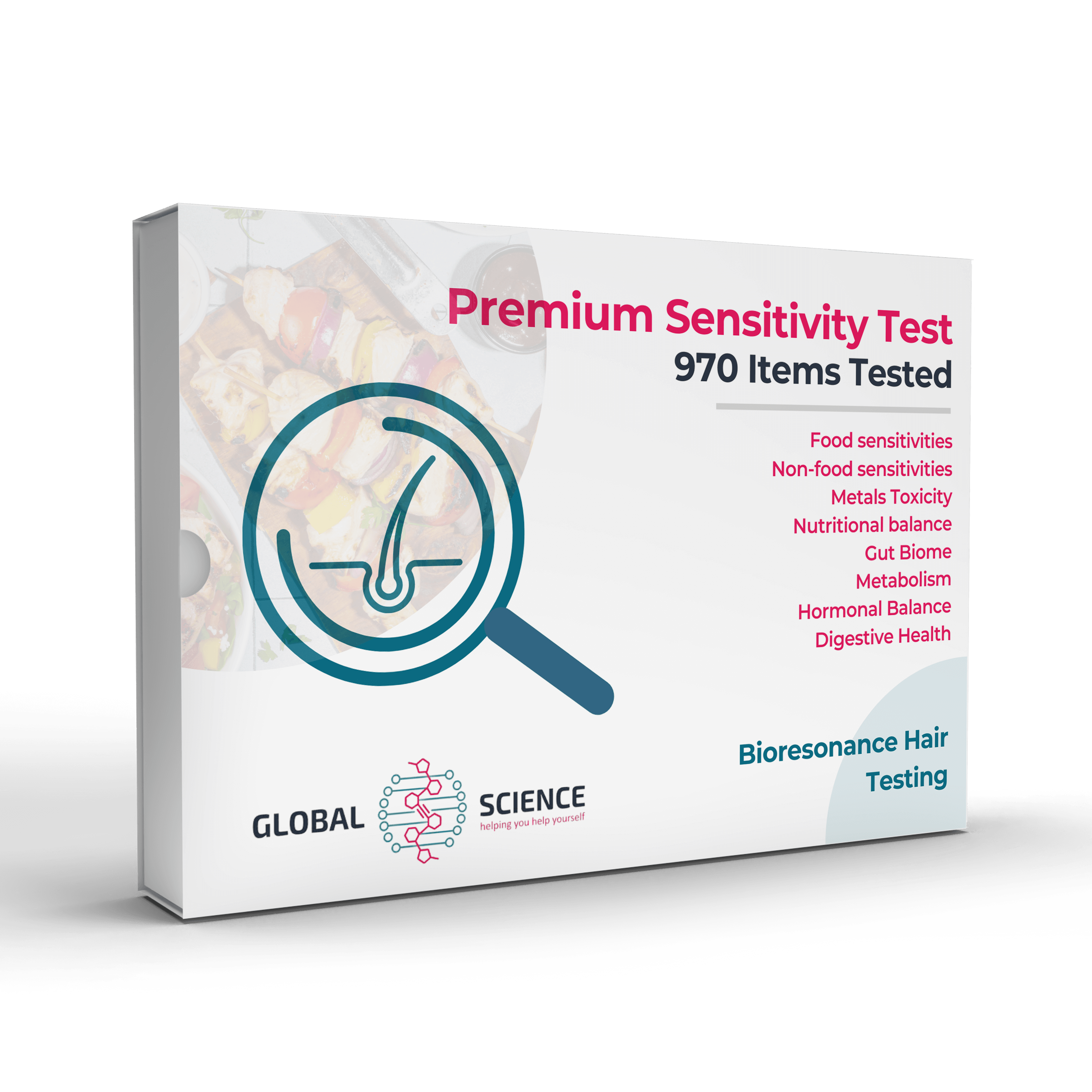
Premium Sensitivity Test
Was £89.00 Now £35.00 Save £54.00
970+ item comprehensive sensitivity and health test report.
- ADVANCED
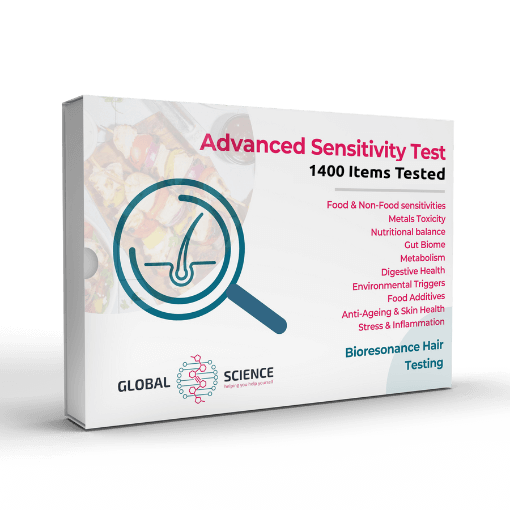
Advanced Sensitivity Test
Was £99.00 Now £47.00 Save £52.00
1400 items, our most advanced sensitivity and health test.
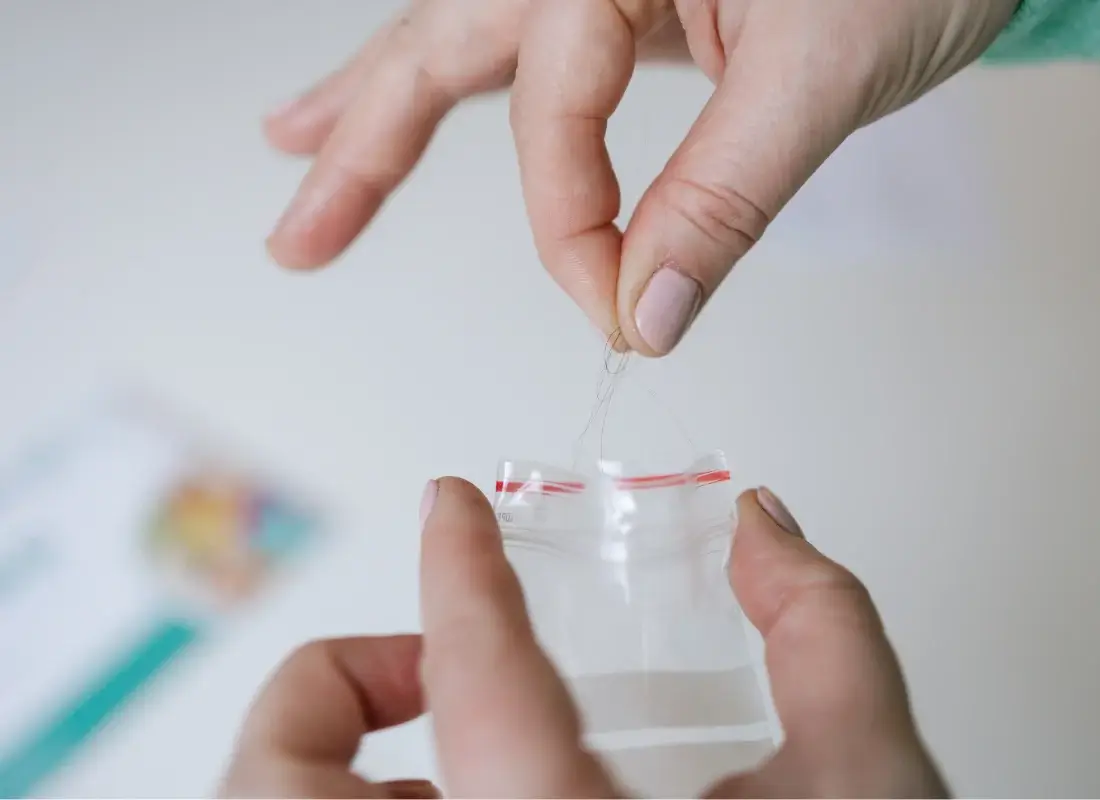
What happens after I receive my results?
Once you have received your report, the first step is to try eliminating the suggested catalysts from your diet. We provide FREE support on: Embarking and gaining progress on an elimination diet
MORE INFORMATION